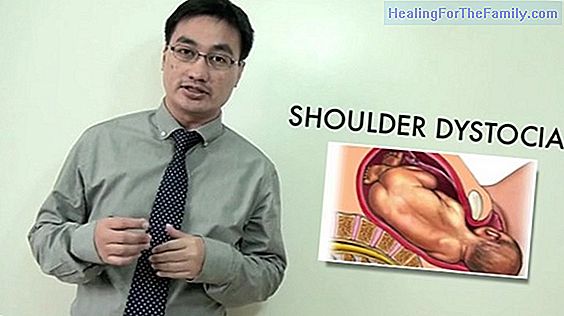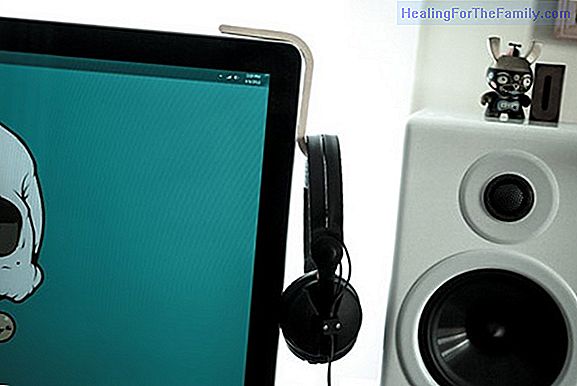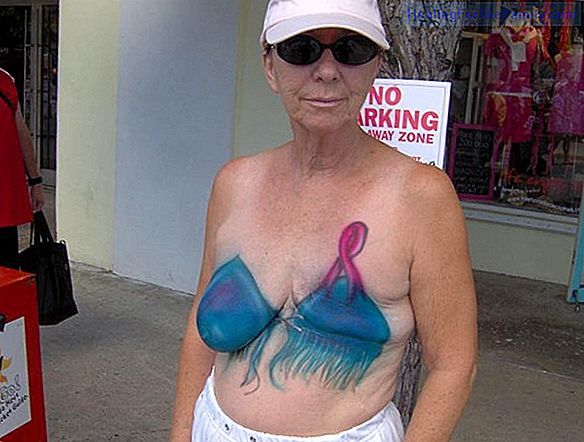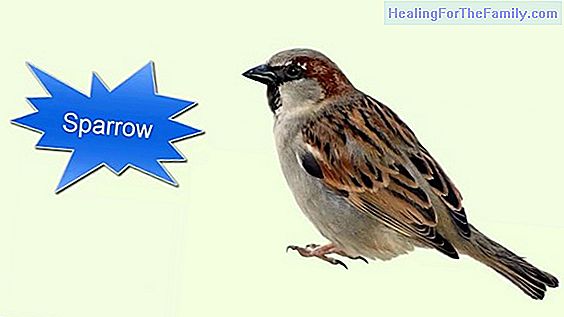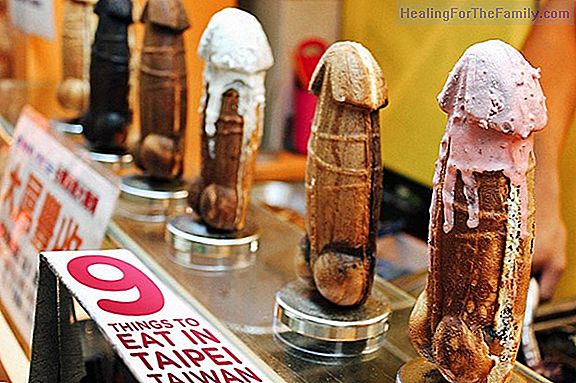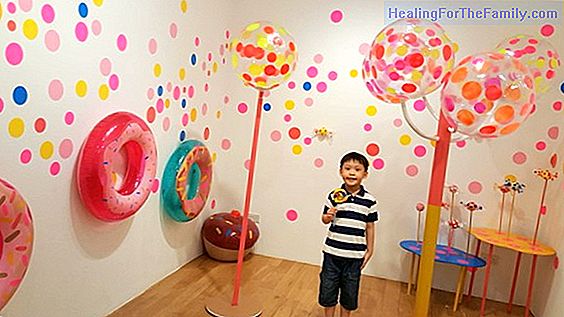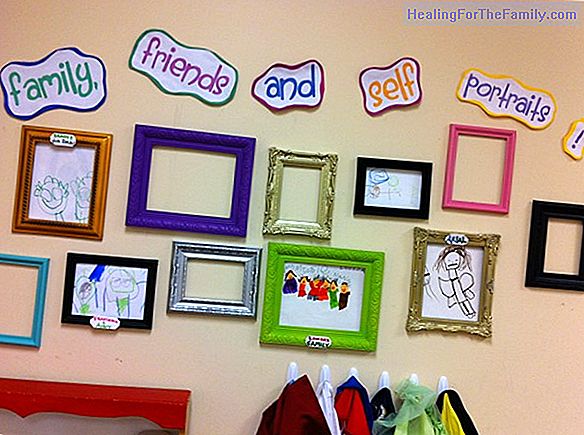Knee diseases in children: Osgood-Schlatter
Have you ever heard that while your child is growing, it is normal for his knees to hurt? Well, I have to say that normal is not, pain is a sign that something is not right. Do not ignore our children because we think they are exaggerating or are heavy, because as I always advise, prevention is bett
Have you ever heard that while your child is growing, it is normal for his knees to hurt? Well, I have to say that normal is not, pain is a sign that something is not right. Do not ignore our children because we think they are exaggerating or are heavy, because as I always advise, prevention is better than having to cure and regret.
One of the reasons why our children may complain of knee pain is Osgood-Schlatter disease.
What is Osgood-Schlatter disease in children?
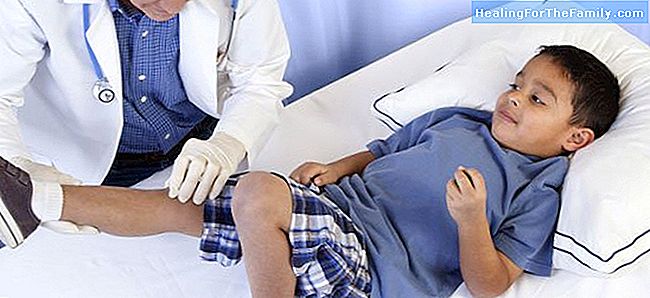
It is one of the most frequent causes of knee pain in children, especially between 10 and 15 years, although it can also occur in younger children, as it is associated with growth. The incidence is higher in children, although it is increasing in girls, where it occurs a couple of years before, over 8 years.
It is characterized by a pain that appears when performing physical activities such as walking, running, jumping, just below the knee, at the front. It usually causes inflammation in that area and significant pain when touched.
What is the cause of this knee injury?
This disease is caused by an overload in a growth zone of the tibia. The areas where the bones grow, called growth plates, are relatively weak and cartilaginous and can be easily injured. The patellar tendon, which is just below the kneecap, is inserted into the growing cartilage of the tibia and pulled tightly to stretch the knee.
This happens especially in active children or those who practice intense sports that require shooting, such as soccer, doing many jumps as in basketball, kneeling or bending over.
Although sometimes, this disease may appear for no apparent reason.
What is the treatment for Osgood-Schlatter?
The purpose of the treatment is to eliminate the pain, while trying to maintain, as much as possible, the child's activities. This can usually be achieved through a combination of stretching, local ice and anti-inflammatories.
Stretching exercises should be done before and after sports. After physical activity, ice is placed for 15-20 minutes on the painful area. Many children respond to these measures, and can continue with their sports activities. Those children in whom these measures are not effective should decrease their physical activity and in the most serious cases, remain immobilized for an approximate time of 1 or 2 months.
The orthopedic treatment corresponding to this disease is an infrapatellar strap or knee brace sujeción and the patellar tendon that is inserted into the tibia. It is recommended that the orthopedic surgeon order an x-ray or an MRI to study the growth of the cartilage. How is this injury prevented in the knees of children? El - Overweight is generally bad for the whole body but even more so for the locomotor system that must support all the weight, especially the knees, with what, if it exists in this case, it is recommended to lose weight in a healthy way.
- Perform stretching before and after a sports activity. Colo - Place ice at the end of physical activity and rest the knee or knees by stretching the leg at the hips and placing a pillow or towel rolled under the knee so that it is slightly flexed.
- Perform
moderate physical activity
, do not overload the joints and ligaments.
This pain that can cause this disease usually subsides by the time growth stops.

